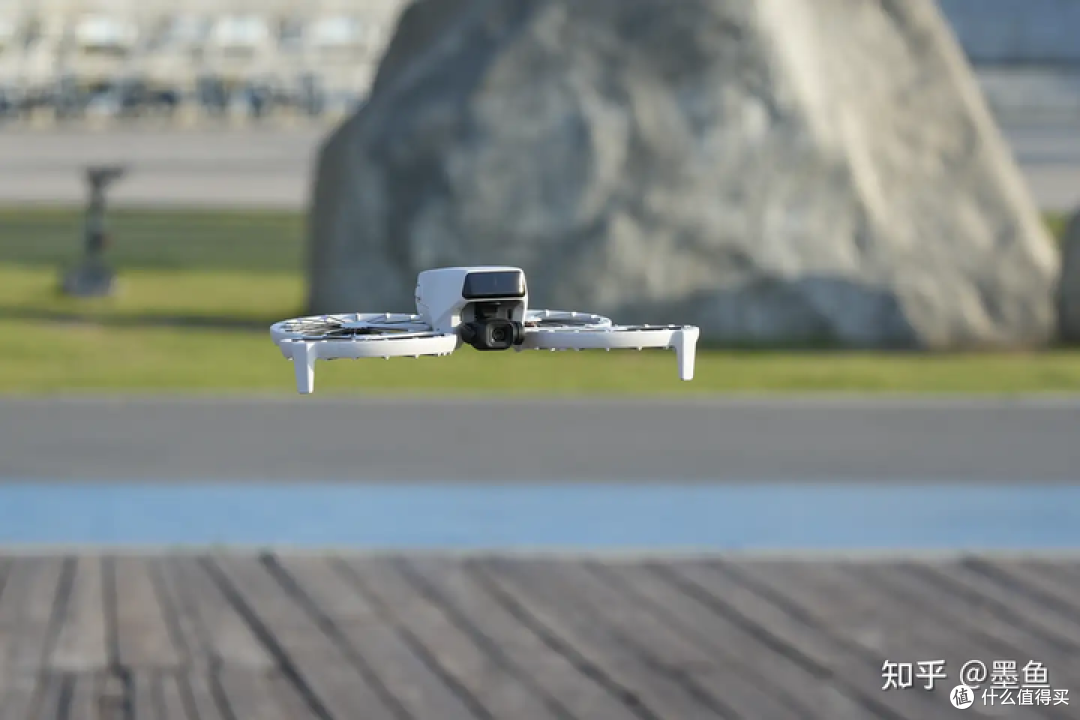The Revolution of Transportation: Car Sized Drones

In recent years, innovation in transportation has accelerated at a remarkable pace. One of the most exciting advancements is the development of car-sized drones, a technology that promises to redefine urban mobility. These drones, essentially large unmanned aerial vehicles, are designed to transport people and goods, potentially bypassing traditional traffic congestion and transforming how we navigate cities.
Car-sized drones combine the maneuverability of smaller drones with the capacity of an automobile, allowing for versatile applications. Their usage spans from urban air taxis to emergency services, providing rapid transit in scenarios where time is of the essence. Imagine a future where your commute is no longer a tedious drive through rush hour but a swift aerial journey above the crowded streets.
One key aspect of car-sized drones is their ability to autonomously operate. Equipped with sophisticated AI and navigation systems, these drones can fly predetermined routes while using sensors to avoid obstacles and adapt to changing conditions. This autonomy reduces the need for human intervention, paving the way for more efficient transportation networks. Safety remains a priority, with developers ensuring that sensors and backup systems work seamlessly to prevent accidents.
The environmental impact of car-sized drones is also promising. Electric drones produce fewer emissions compared to traditional vehicles, contributing to cleaner air in metropolitan areas. Many companies are focusing on sustainable energy solutions, integrating solar panels and developing more efficient battery systems to enhance flight duration and reduce the carbon footprint.
Regulations remain a significant challenge for mainstream adoption. Aviation authorities are working to create a framework for safe operation within urban airspaces. Addressing privacy and noise concerns is essential, as is ensuring these drones do not interfere with existing air traffic. Collaboration between government bodies, drone manufacturers, and city planners is crucial to overcoming these hurdles. Despite the complexities, the potential benefits are undeniable.
Car-sized drones have profound implications not just as a mode of transportation, but also as catalysts for economic growth. They could reduce shipping times and costs, boosting e-commerce efficiency. Moreover, they may inspire new job opportunities in drone maintenance and operation, contributing positively to the economy.
The technology isn’t without its skeptics, who cite challenges in energy consumption, regulatory approval, and cost efficiency. Nonetheless, ongoing research and development efforts continue to address these concerns, steadily pushing the boundaries of possibility.